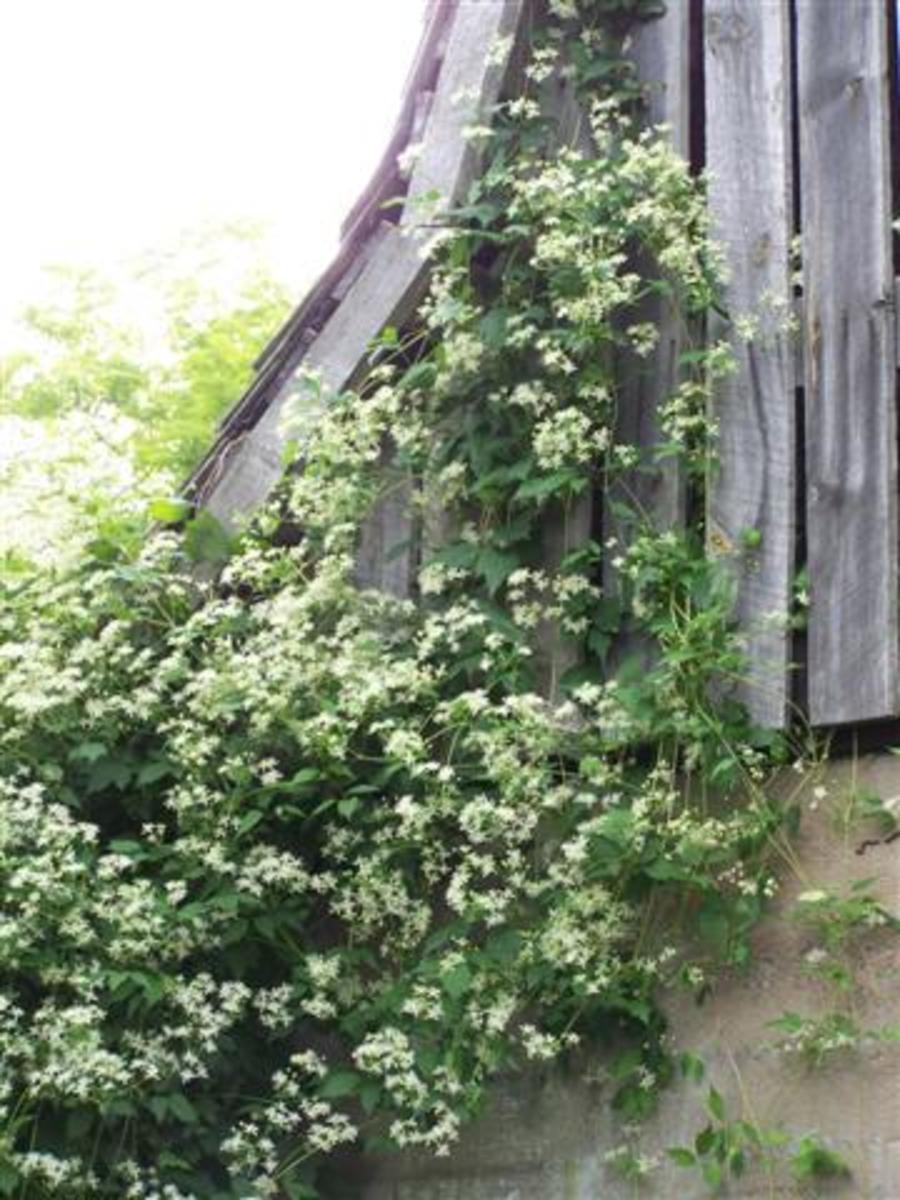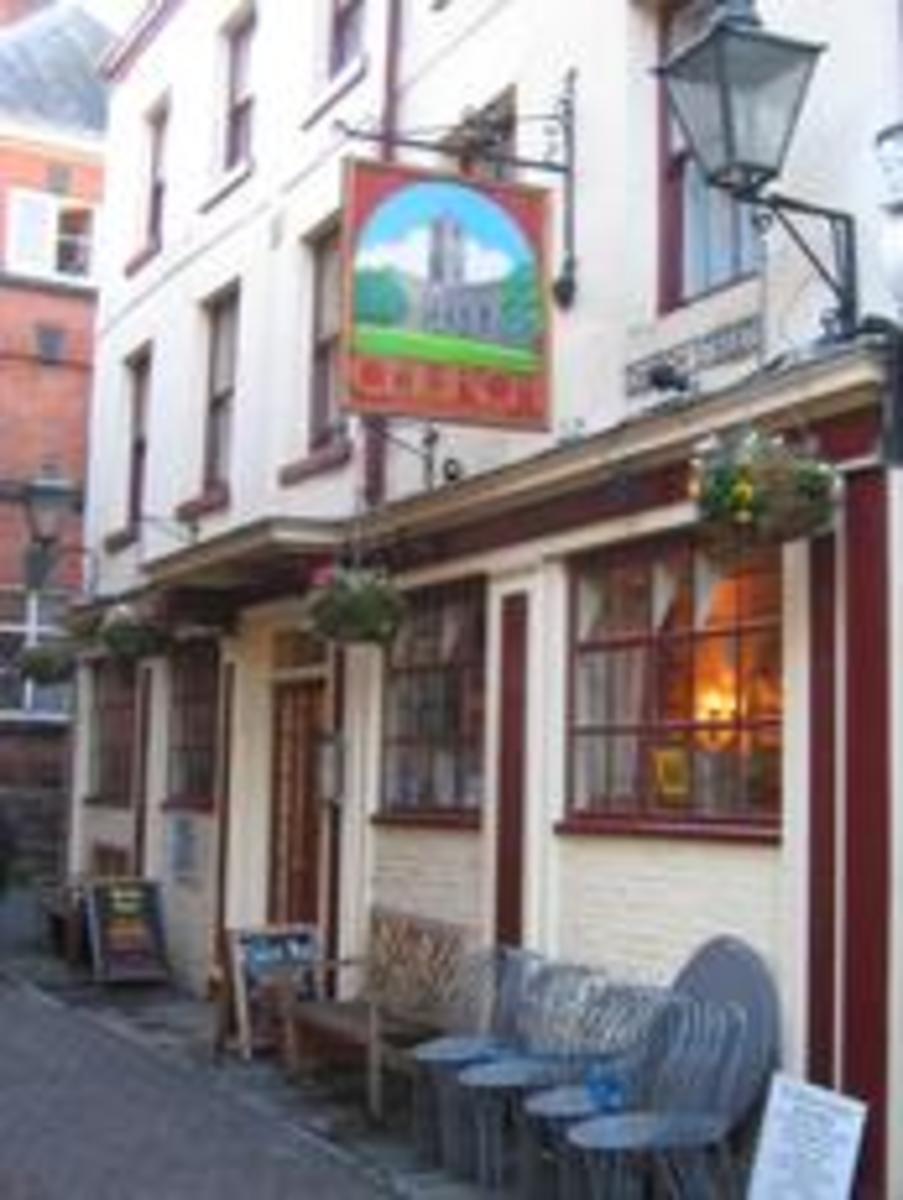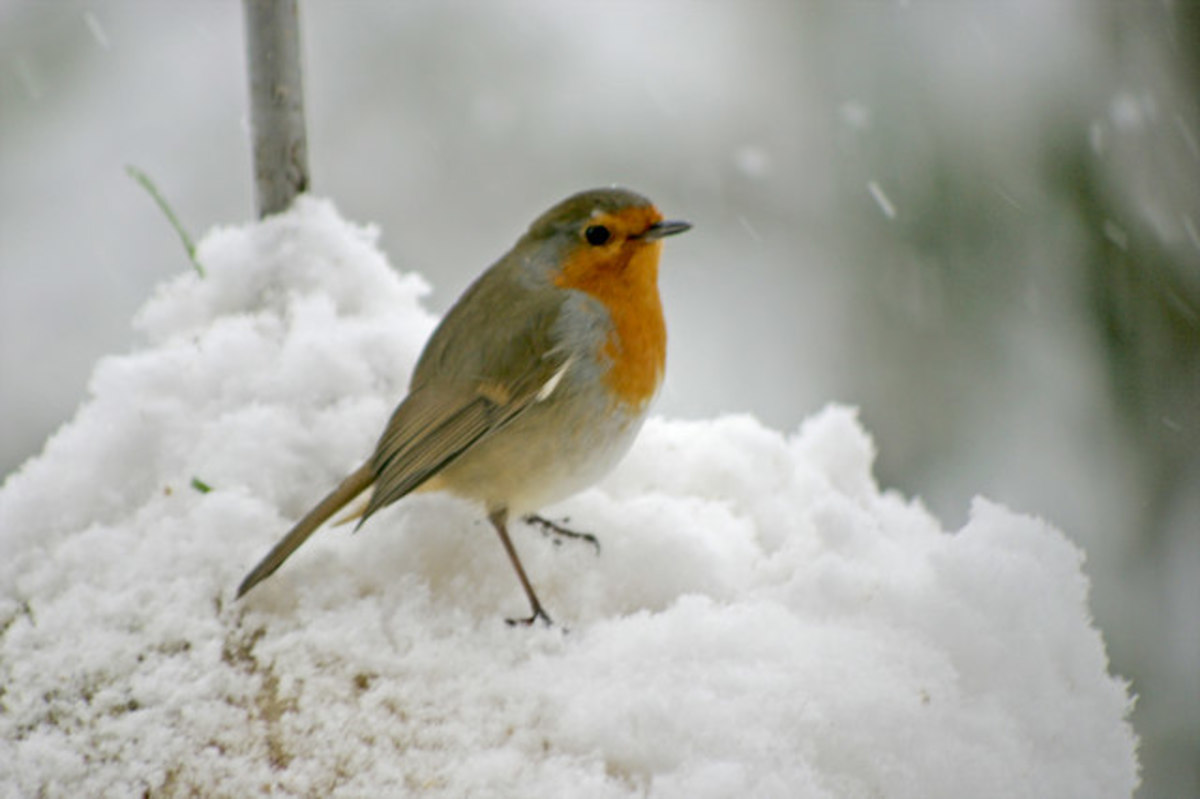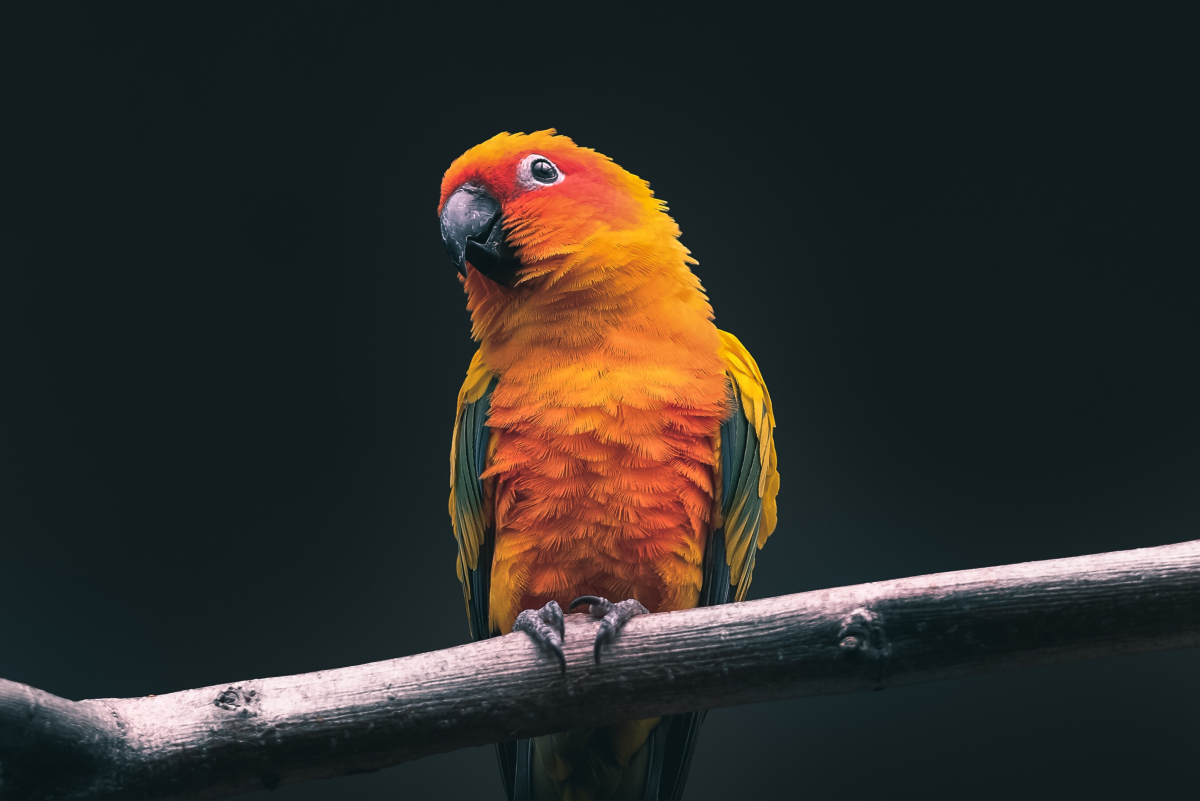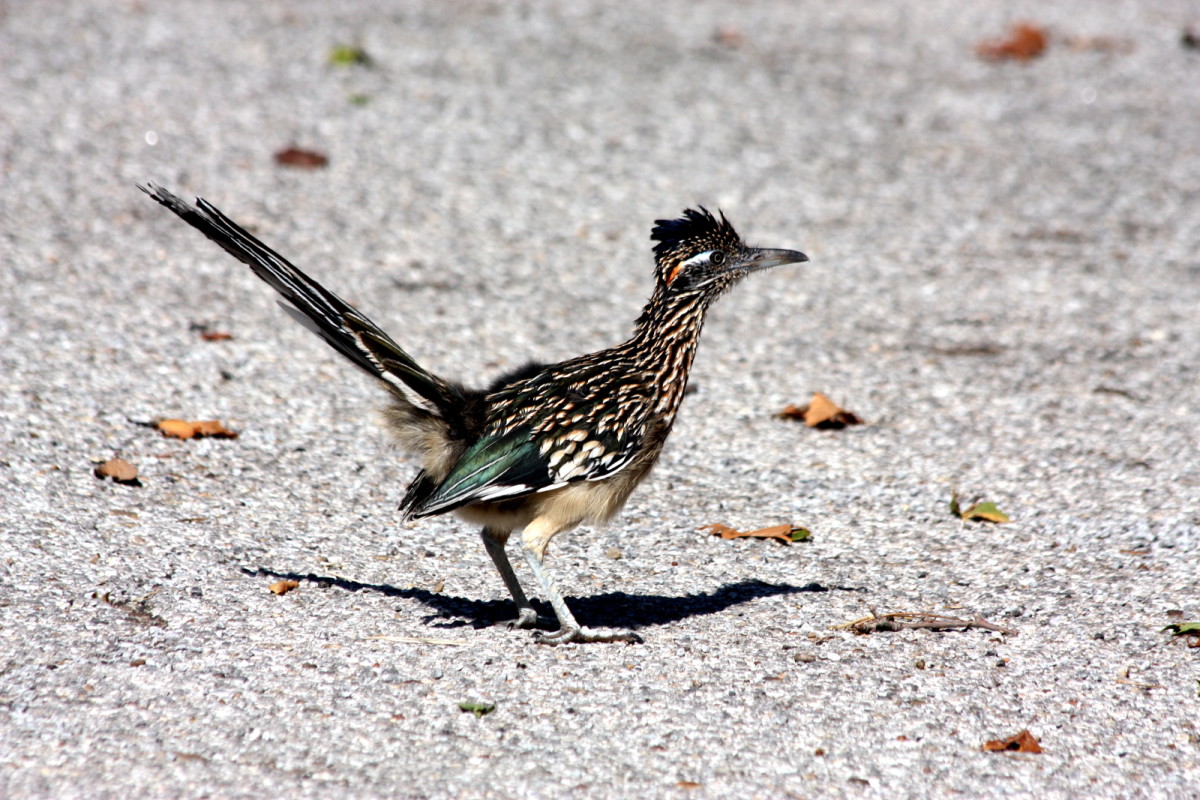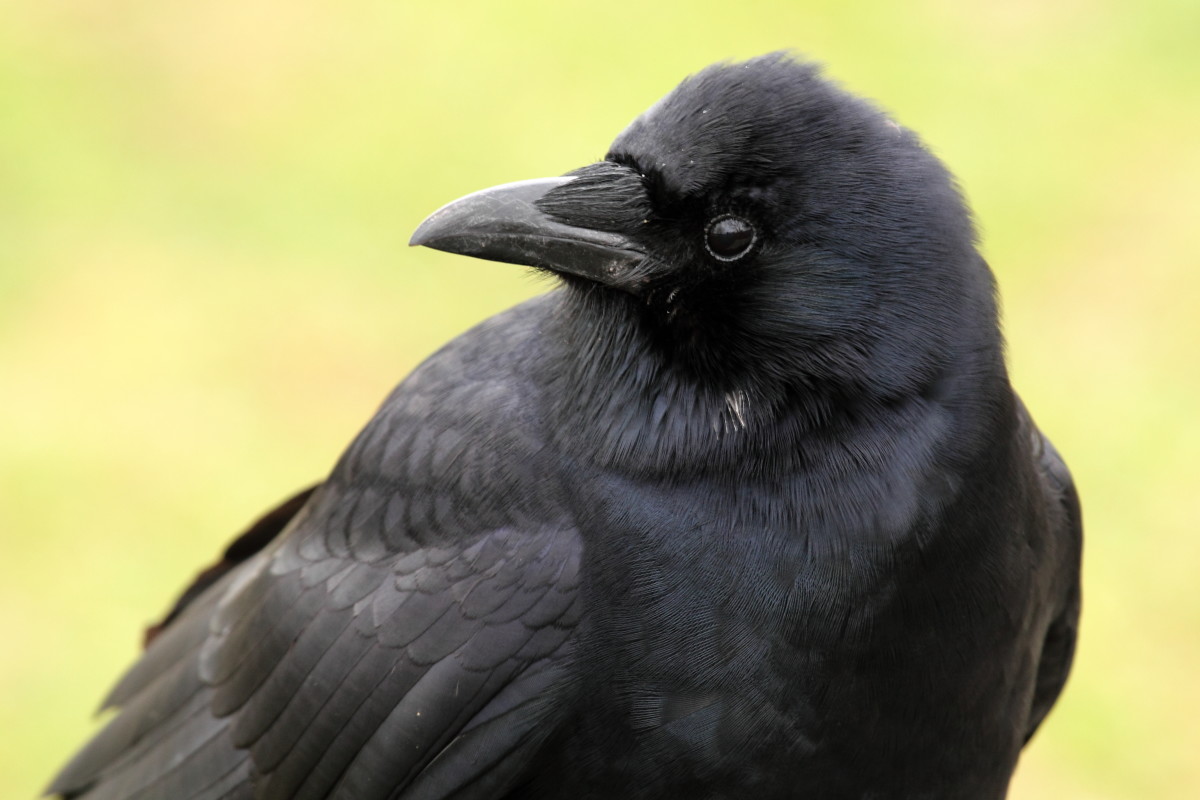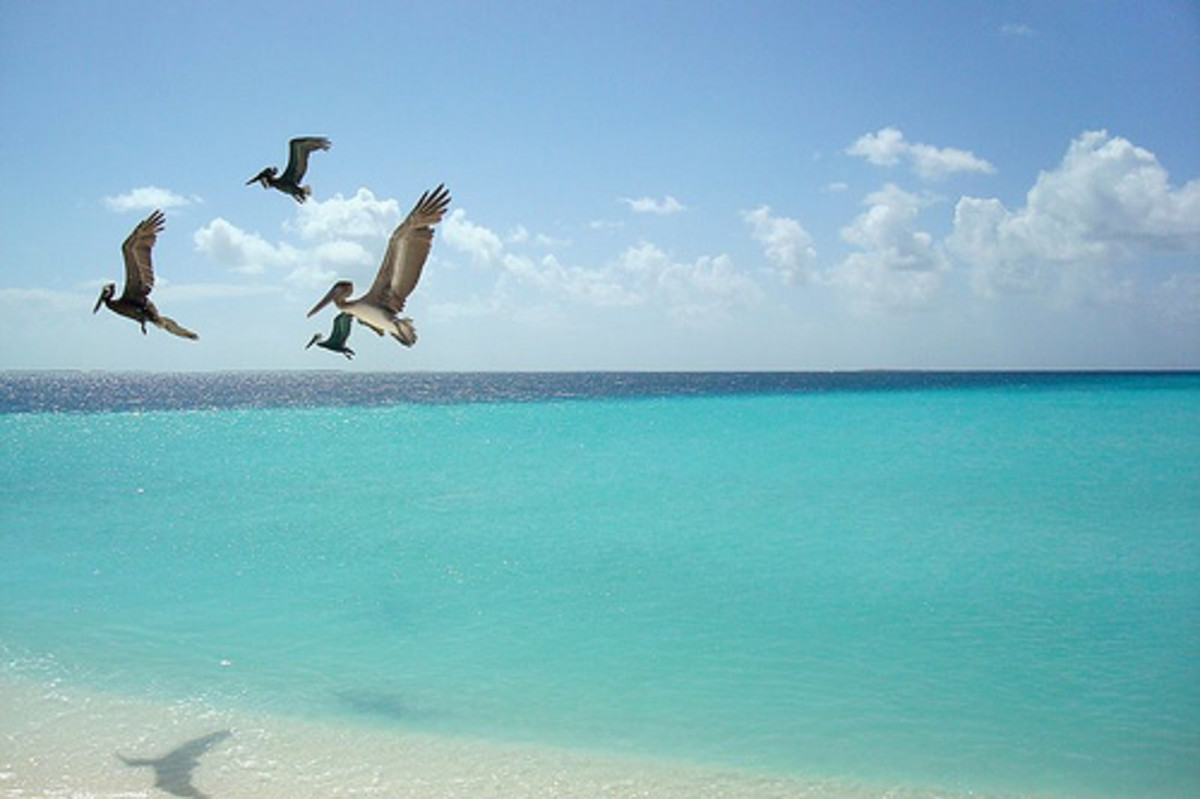Questions My Grandkids Ask Me-How Do Birds Get Their Names?
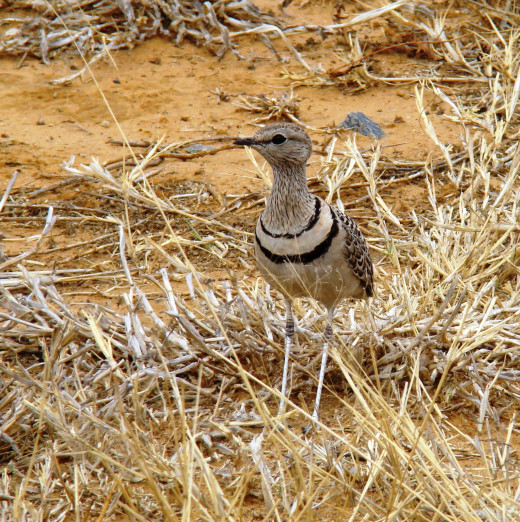
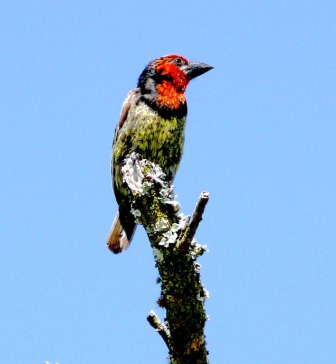
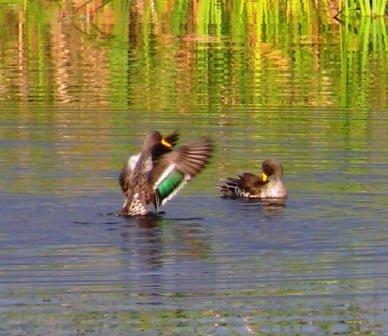

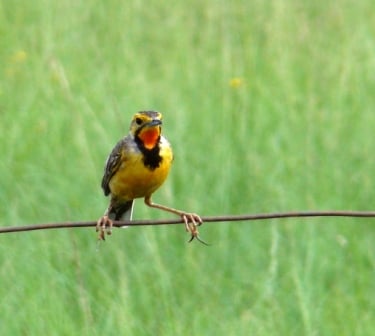
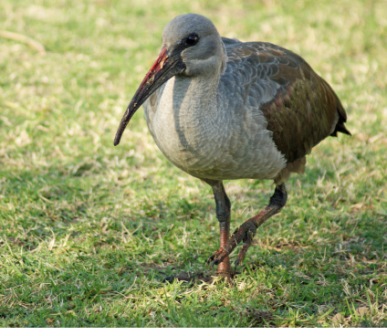
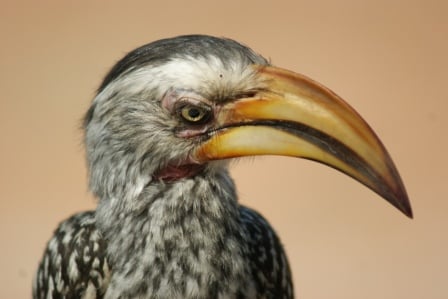
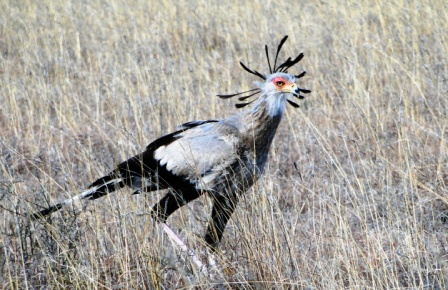
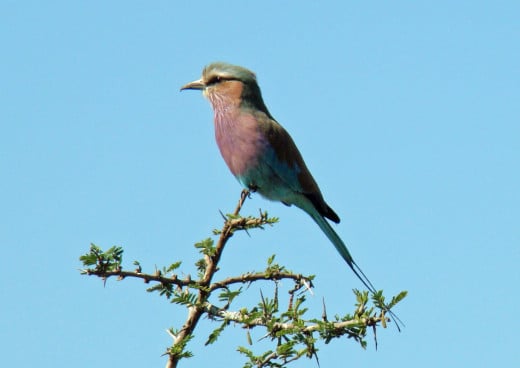
Naming birds in quite a complicated process as birds have both family names (Doves) and species or first names ('Redeye' Dove) but it is interesting to think about why some birds that we often see around have the names that they in fact do have. Birds also have a scientific name and the Redeye dove is - named Streptopelia Semitorquata.
Here are some birds from South Africa and elsewhere to think about.
Many birds are named because of some characteristic that you see when you look at them. The Double –banded Courser gets its name from the double band around its chest. The Black-collared Barbet because of its black collar. It could have been named a Red-headed Barbet but because some of the species have yellow heads this is not possible. They both however have a red collar and so the name. The Longclaw gets its name because it has such long claws and the Red Bishop because of its red colour but also because it looks like a Bishop in the Church.
A Weaver is named after its amazing ability to weave pieces of reed-leaf into the most interesting nest. The Thick-billed Weaver, even though he has a large beak (so his name) builds one of the most beautiful nests of all our South African weavers.
Other birds get their names from their call (the sound they make), so the Hadeda Ibis is named after its loud call that sounds like haadeedah as it flies over. Other birds named after their call includes the Jackal Buzzard whose cry sounds much like, yes you guessed it, a Jackal. A Screech Owl in the USA obviously screeches.
Another way birds get their names is because of how they find food and so the American or African Skimmer both get their names from the way they skim the water with their long beaks to find food in the water.
Other birds get their names from the area or country they come from and so the Arctic Tern spends at least half of the year in the very cold Arctic region of the world. The Cape Turtle Dove is found nearly all over South Africa yet his name is linked with the Cape. He now seems to also be called a Ring-necked Dove. You will notice he like the Red-eyed Dove has a ring around his neck.
Color is also a popular way of naming birds and so the Yellow-billed Duck has a very yellow beak, and the Olive Woodpecker is mainly olive in color. The second part of the Olive Woodpeckers name comes from the way it pecks the bark of trees to find food. If you go for a walk in the forest, you might hear him pecking away at a tree with his strong beak, either building a nest or looking for food.
The Secretary Bird looks like a secretary, ready to take notes and the Hornbill has this huge bill that looks somewhat like a horn. Sometimes people who named birds had quite a vivid imagination.
The Eurasian Golden Oriole spends his life between South Africa or elsewhere in Africa South of the Equator during our summer and then travels north for the summer there.
What names would you have given the birds in these photos if you had 'discovered' them?
Next time you see a bird find out what its name is and then try and work out why it has been given that name. This is an interesting pastime.


